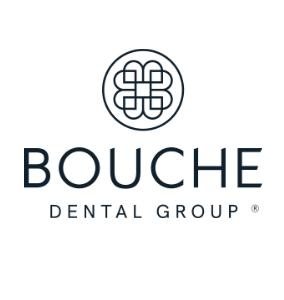The Temporomandibular Joint
Each person has two temporomandibular joints, one on each side of the jaw. The temporomandibular joint has mainly gliding movements (the only joint in the human body with movements in all three axes), through the contribution of a complex muscular network together with a very particular anatomy.
The temporomandibular joint is divided into bony components (mandibular condyle and temporal fossa), fibrocartilaginous components (articular disc), synovial components (synovial membrane and fluid), and muscular components (cervicofacial muscle chains).
Between the mandibular condyle and the temporal fossa, there is an articular disc. This disc may be displaced (out of place) in some cases of temporomandibular dysfunction.
This displacement of the disc can be responsible for temporomandibular joint pain, difficulty opening the mouth, clicking in the temporomandibular joint, temporomandibular joint blockages.
The Temporomandibular Joint (TMJ) is located in front of the ear and allows you to make essential movements such as chewing, talking, smiling, and even yawning. On average, the temporomandibular joint is moved 2000 times a day.
Normally, you do not notice this joint on a day-to-day basis. When this joint hurts, pops, or limits the normal opening of the mouth, this is when you remember TMJ. When this joint is dysfunctional, we say that there is a TMJ dysfunction (Temporomandibular Dysfunction).



